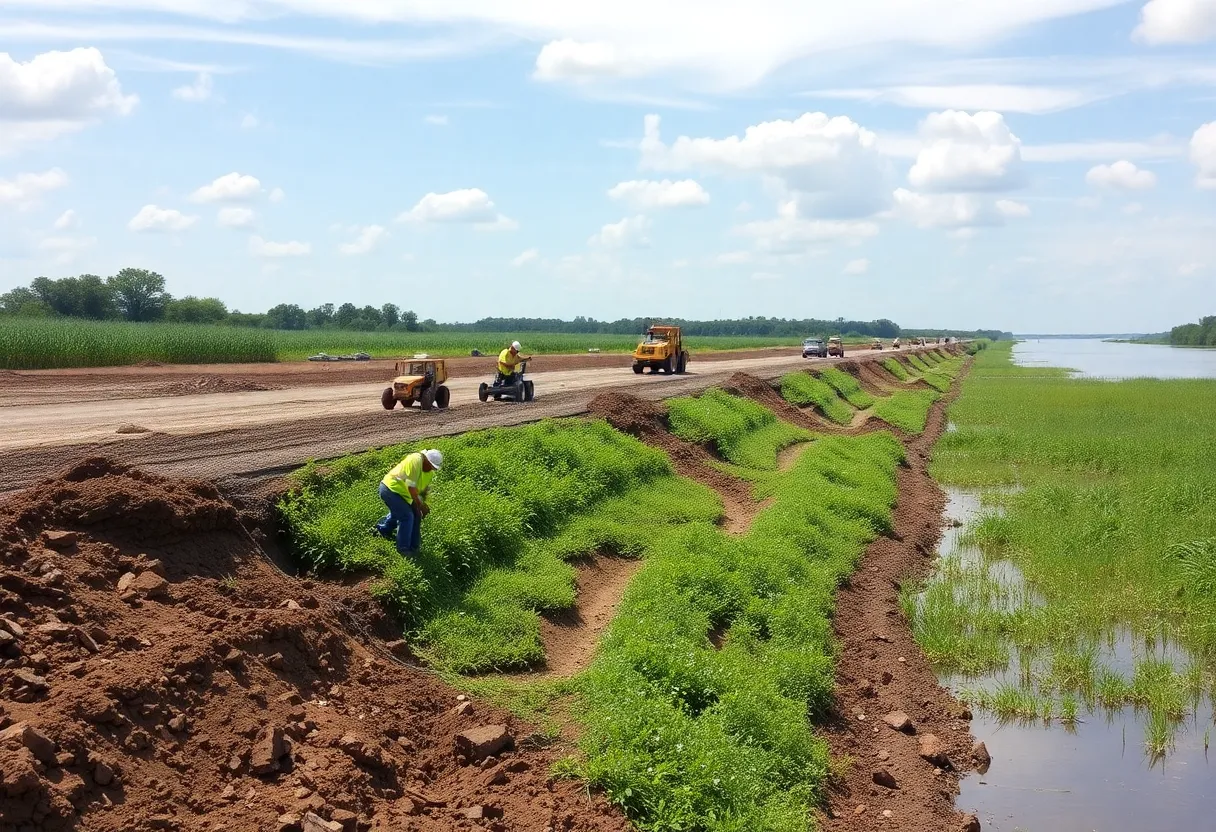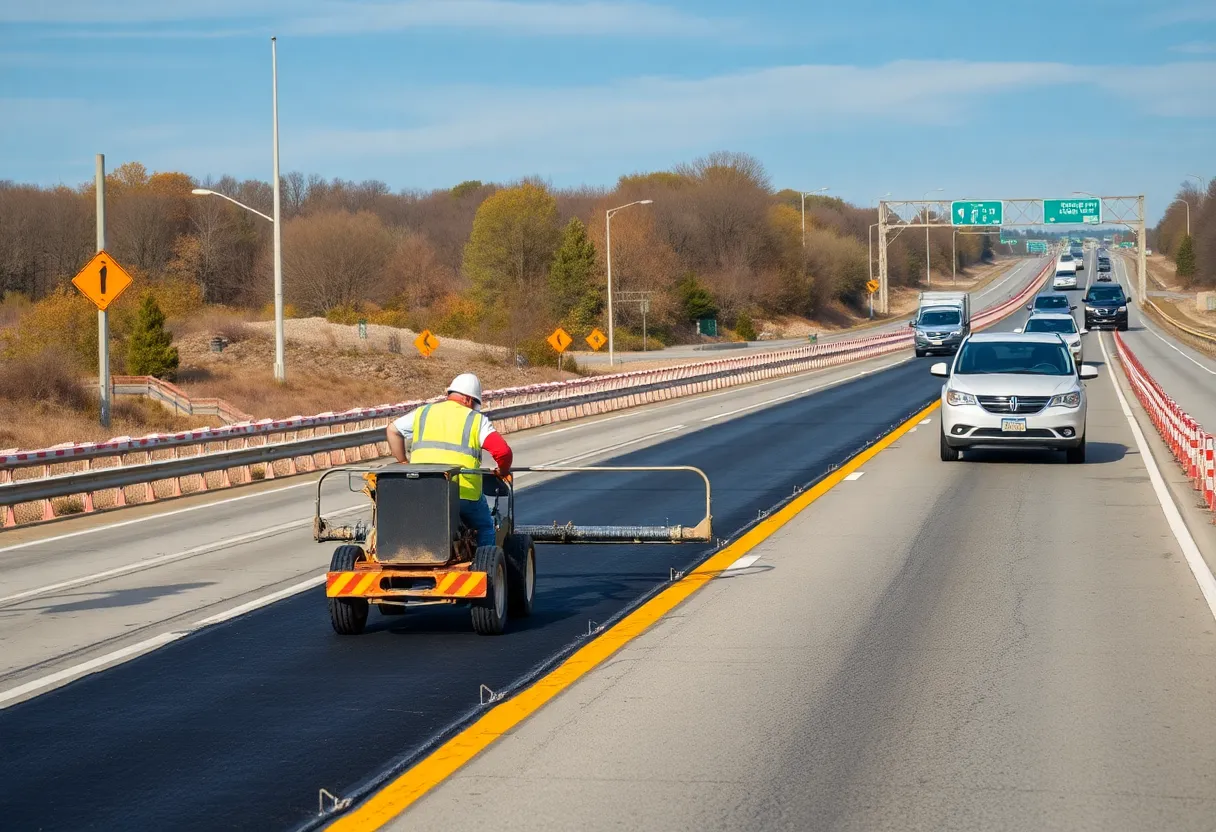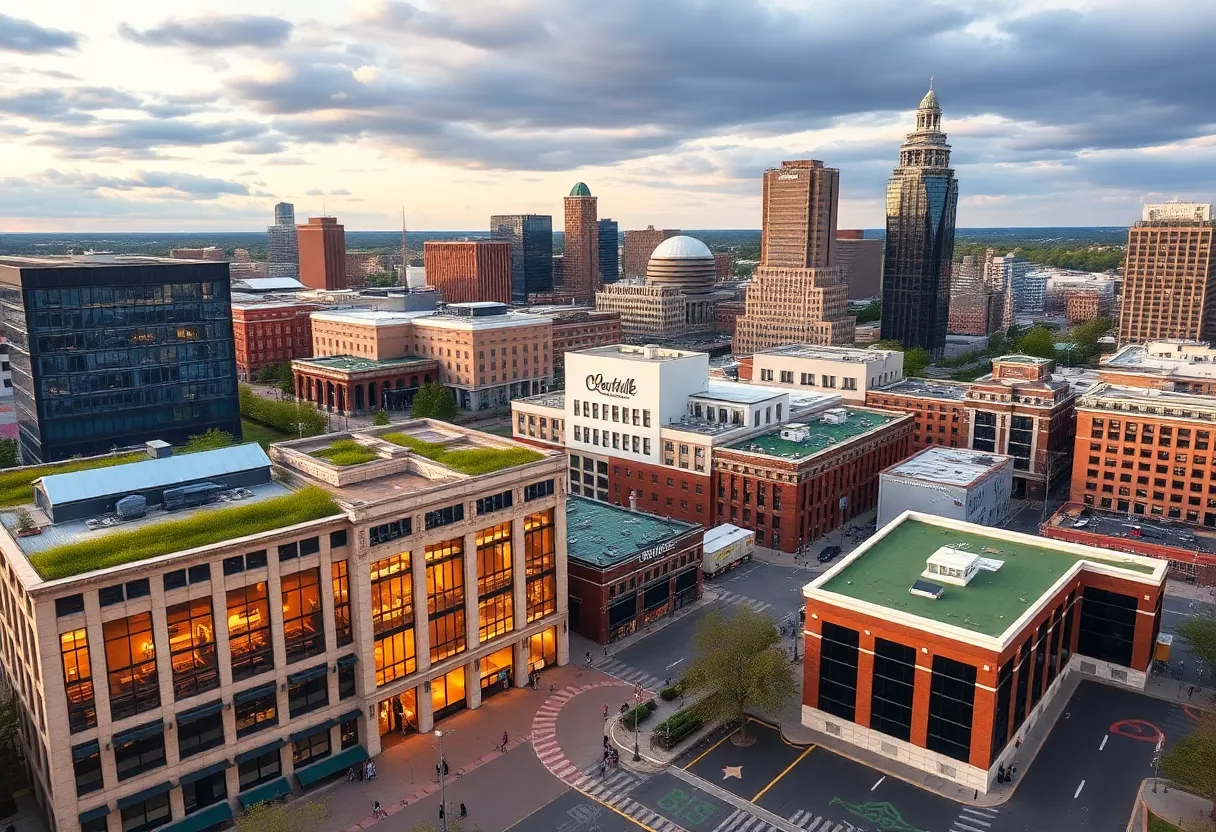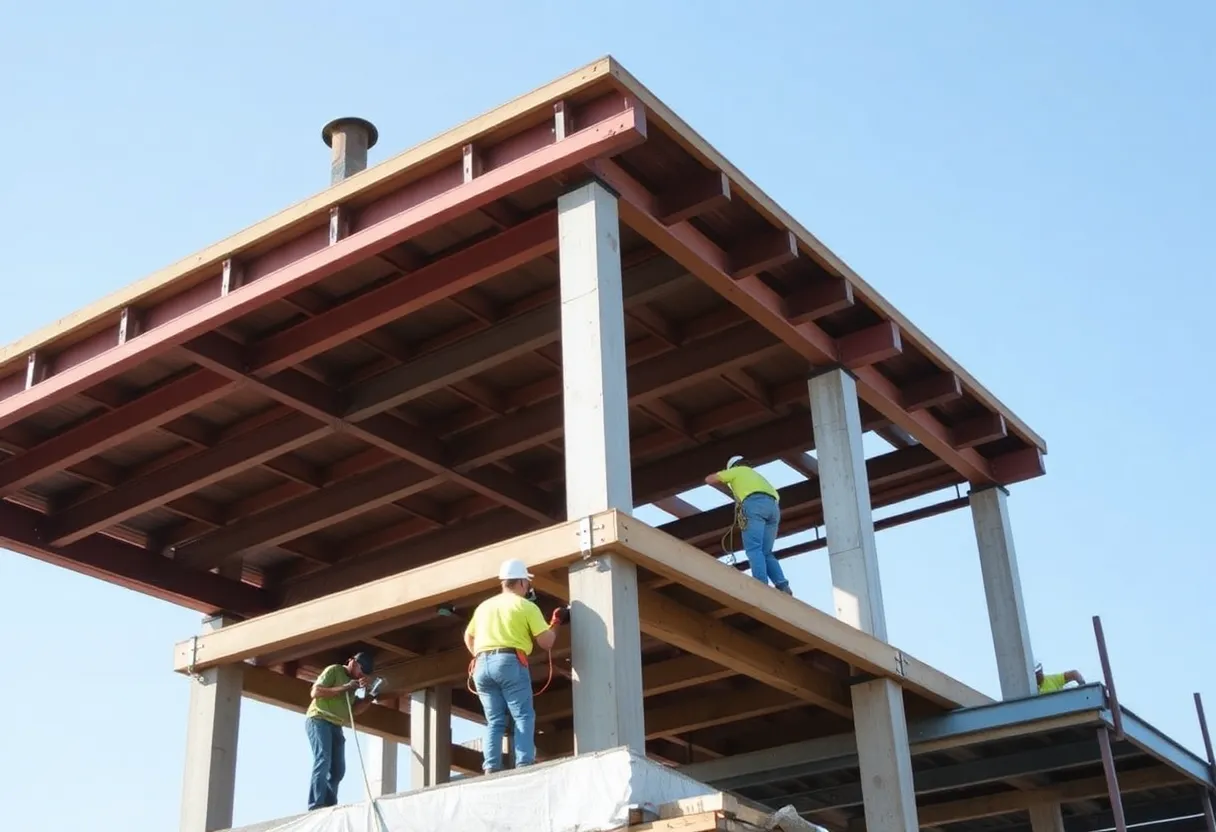News Summary
Baton Rouge launches a major overhaul of its levee system with a $350 million investment aimed at preventing flooding and erosion. The project, overseen by the U.S. Army Corps of Engineers, will employ 600 engineers and span 50 miles, protecting around 200,000 homes. Featuring eco-friendly bioengineered banks, the initiative emphasizes community resilience and economic recovery, particularly in boosting local tourism in Cajun Country. Informational sessions for residents will facilitate engagement and understanding of the changes brought about by this significant infrastructure development.
Baton Rouge, Louisiana: $350 Million Levee System Overhaul Begins
In Baton Rouge, Louisiana, a major infrastructure project launched today to overhaul the area’s levee system with a $350 million investment. This initiative aims to strengthen defenses against erosion and flooding, overseen by the U.S. Army Corps of Engineers (USACE). Construction firms, including Parsons, have mobilized around 600 engineers to start work near the Mississippi River, marking a significant step in enhancing regional flood protection.
The project focuses on combating erosion threats that have long affected the area. Work began immediately on a 50-mile stretch of levees, designed to protect approximately 200,000 homes. Key features include bioengineered banks that promote habitat restoration and integrate native vegetation for long-term sustainability. These eco-friendly elements have drawn praise from environmental groups for their role in boosting biodiversity.
State leaders have highlighted the overhaul’s importance for community resilience, especially following past events like Hurricane Ida. Efforts to address potential delays from material shortages involve using local stockpiles, ensuring the project stays on schedule. Informational sessions for local residents have covered updated flood maps, helping the community understand the changes and benefits.
The overhaul is expected to contribute to economic recovery, particularly in boosting tourism in Cajun Country. Economists note that improved flood protection could revitalize the region by making it more attractive for visitors and businesses. The project’s comprehensive approach combines engineering solutions with environmental considerations, aiming for a balance that supports both human needs and natural ecosystems.
Background on this initiative stems from ongoing challenges in the Baton Rouge metro area, where erosion and flooding have posed risks for years. The USACE’s involvement brings federal expertise, while firms like Parsons provide on-the-ground resources. With 600 engineers already in place, the project is set to proceed efficiently, drawing on lessons from previous natural disasters to build a more resilient infrastructure.
This overhaul represents a proactive response to environmental threats, incorporating modern techniques to prevent future damage. By addressing material shortages through local resources, the project minimizes disruptions. Community engagement, such as the informational sessions, ensures residents are informed and involved, fostering a sense of preparedness.
The integration of bioengineered banks and native vegetation not only combats erosion but also enhances local wildlife habitats, aligning with broader sustainability goals. Overall, the $350 million investment underscores a commitment to protecting lives, property, and the environment in Baton Rouge.
Project Details and Impact
The levee system spans 50 miles, directly safeguarding 200,000 homes from potential flooding. This scale of work involves detailed planning, with USACE overseeing operations and Parsons leading engineering efforts. The use of local stockpiles addresses material shortages, a common challenge in large infrastructure projects, allowing construction to move forward without significant delays.
Environmental enhancements, such as habitat restoration through bioengineered banks, are key to the project’s design. These features help maintain ecological balance while providing stronger defenses against water threats. The focus on tourism revival in Cajun Country highlights the economic benefits, as improved infrastructure could attract more visitors to the area’s cultural and natural attractions.
Residents have participated in sessions on flood maps, which provide updated information on risk areas and protection measures. This community involvement helps build trust and ensures the project meets local needs. Altogether, the overhaul is a multifaceted effort to enhance safety, sustainability, and economic stability in the region.
FAQ Section
Frequently Asked Questions
- What is the main focus of the Baton Rouge levee system overhaul?
- The project focuses on combating erosion threats with a $350 million investment, overseen by the U.S. Army Corps of Engineers.
- Which firms are involved in the project?
- Firms like Parsons have mobilized 600 engineers for the work.
- When did the construction begin?
- Work began today near the Mississippi River.
- What features are included in the overhaul?
- Eco-features include bioengineered banks for habitat restoration.
- How are delays from material shortages being handled?
- Delays from material shortages are addressed by local stockpiles.
- What community activities have occurred?
- Local residents attend informational sessions on flood maps.
- What is the scope of the project?
- The project spans 50 miles, protecting 200,000 homes.
- How does this relate to the economy?
- Economists link the project to tourism revival in Cajun Country.
- What do environmental groups say about it?
- Environmental groups praise biodiversity enhancements, integrating native vegetation for long-term sustainability.
- Why is this project important?
- Governor Jeff Landry emphasizes community resilience post-Hurricane Ida.
Key Features Chart
| Feature | Description | Benefit |
|---|---|---|
| Investment Amount | $350 million | Funds comprehensive levee upgrades |
| Oversight | U.S. Army Corps of Engineers | Ensures expert management |
| Engineers Mobilized | 600 by firms like Parsons | Supports on-site construction |
| Location | Near Mississippi River | Targets erosion-prone areas |
| Eco-Features | Bioengineered banks and native vegetation | Enhances habitat restoration and biodiversity |
| Scope | 50 miles | Protects 200,000 homes |
| Delay Management |





